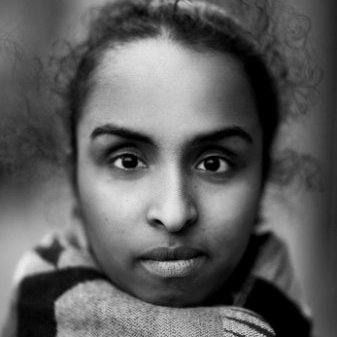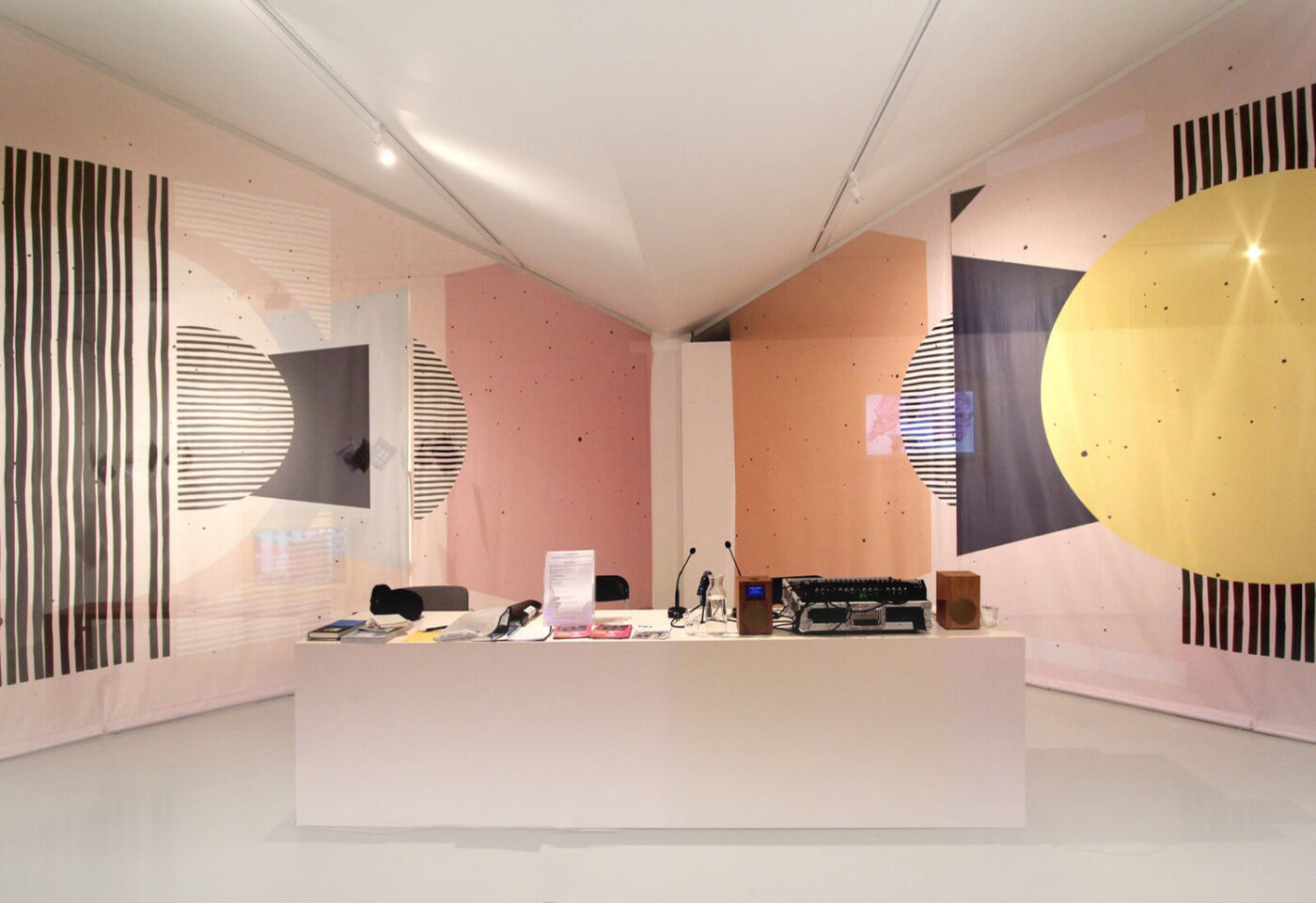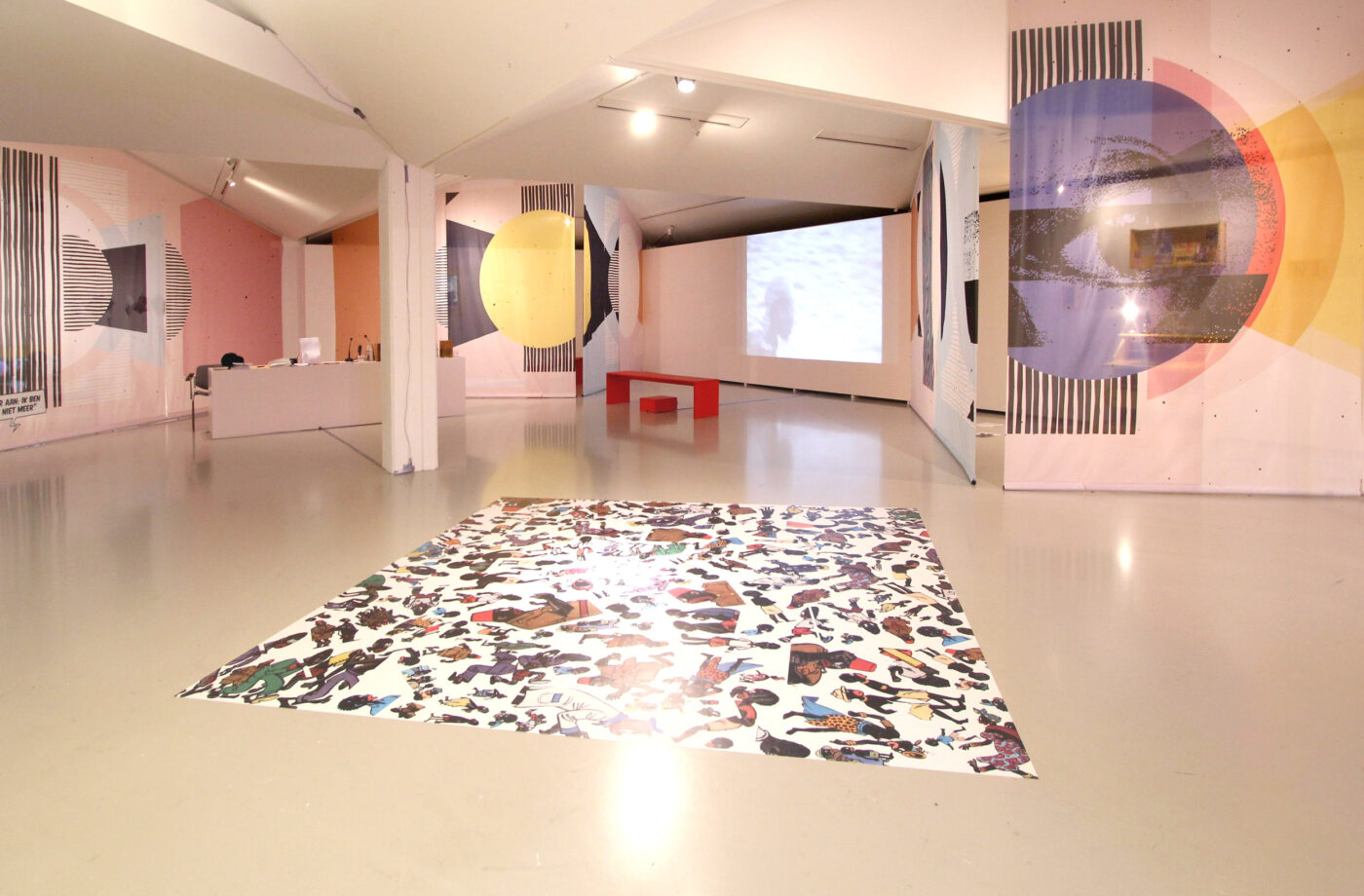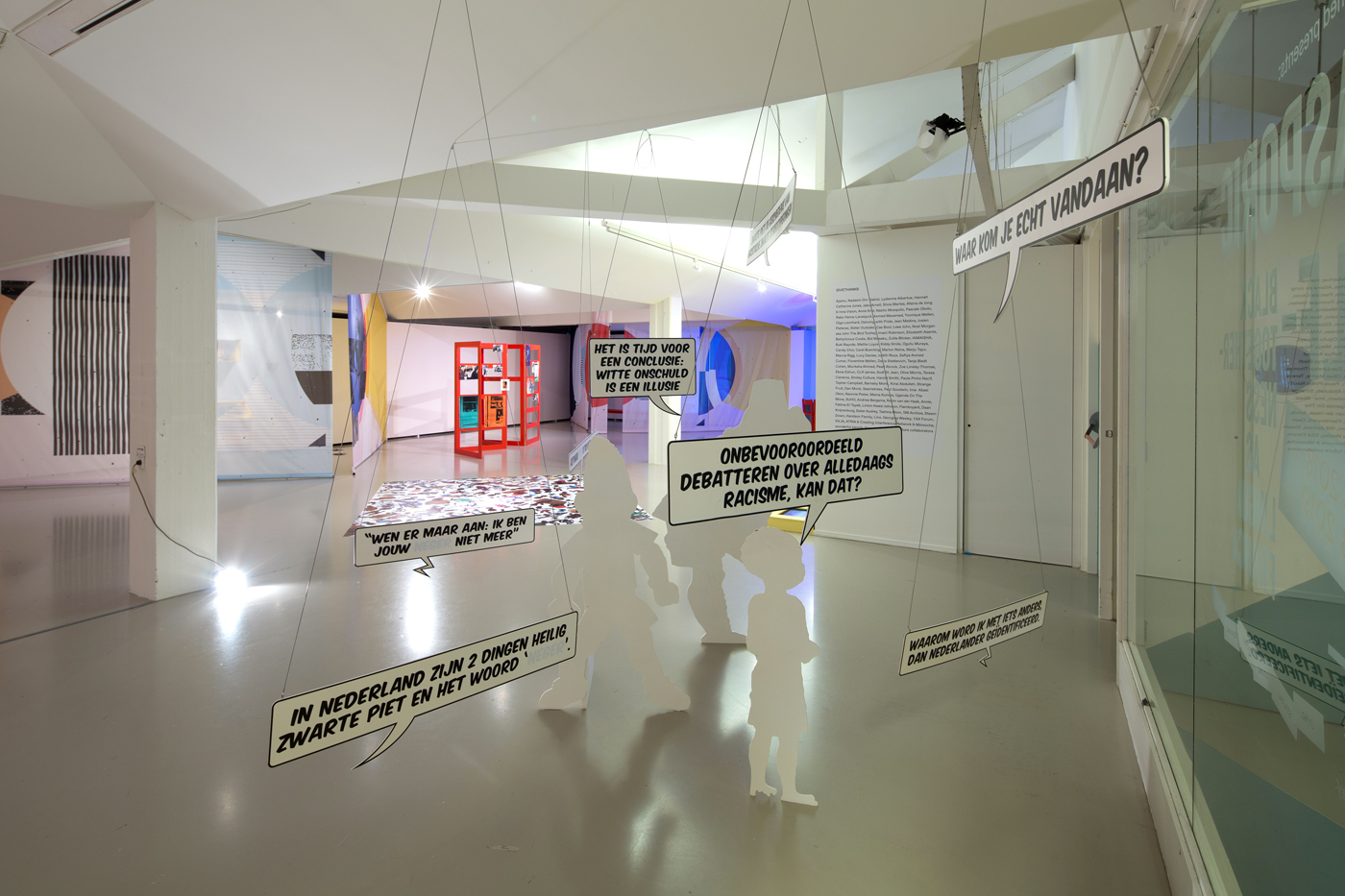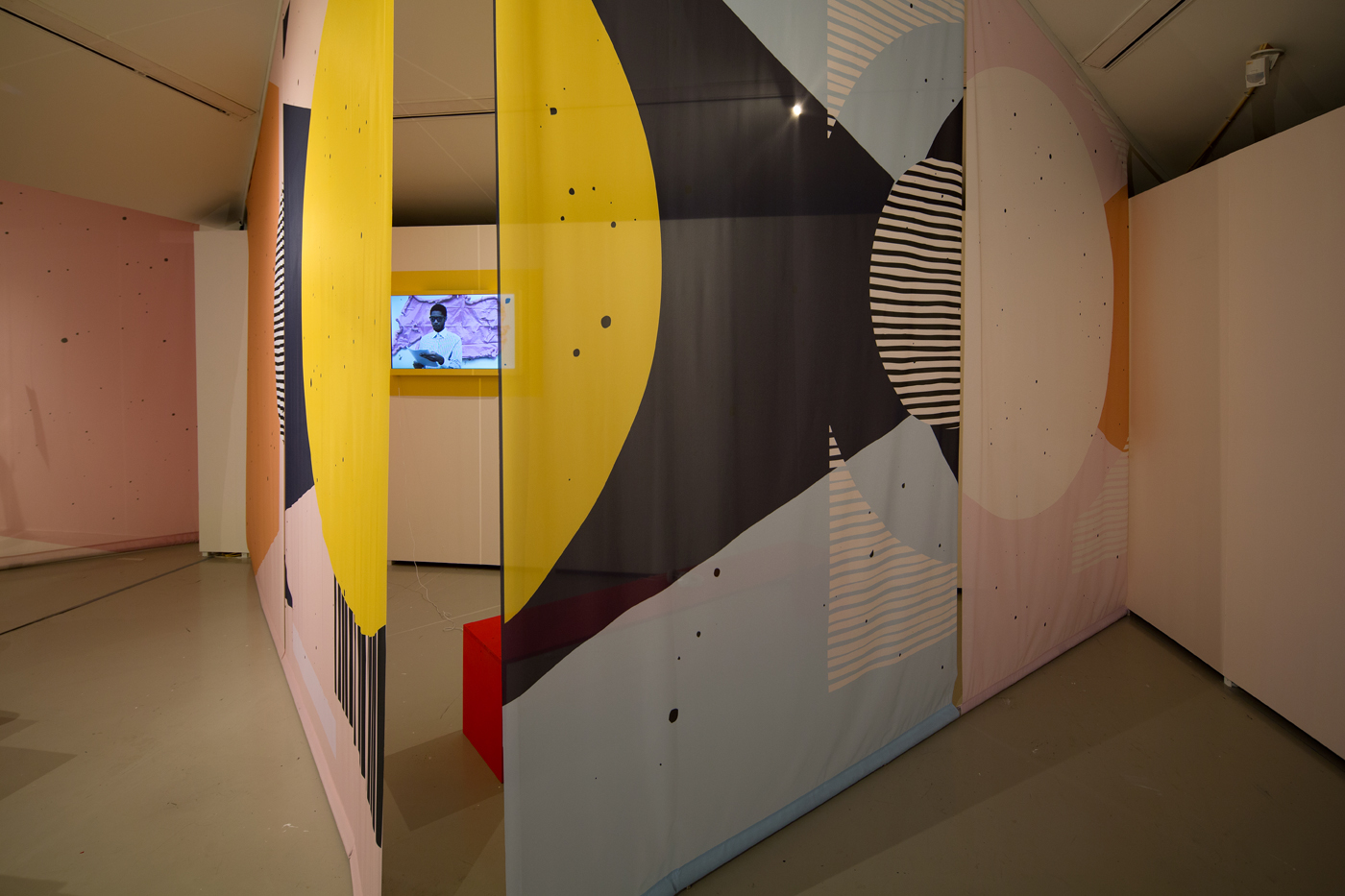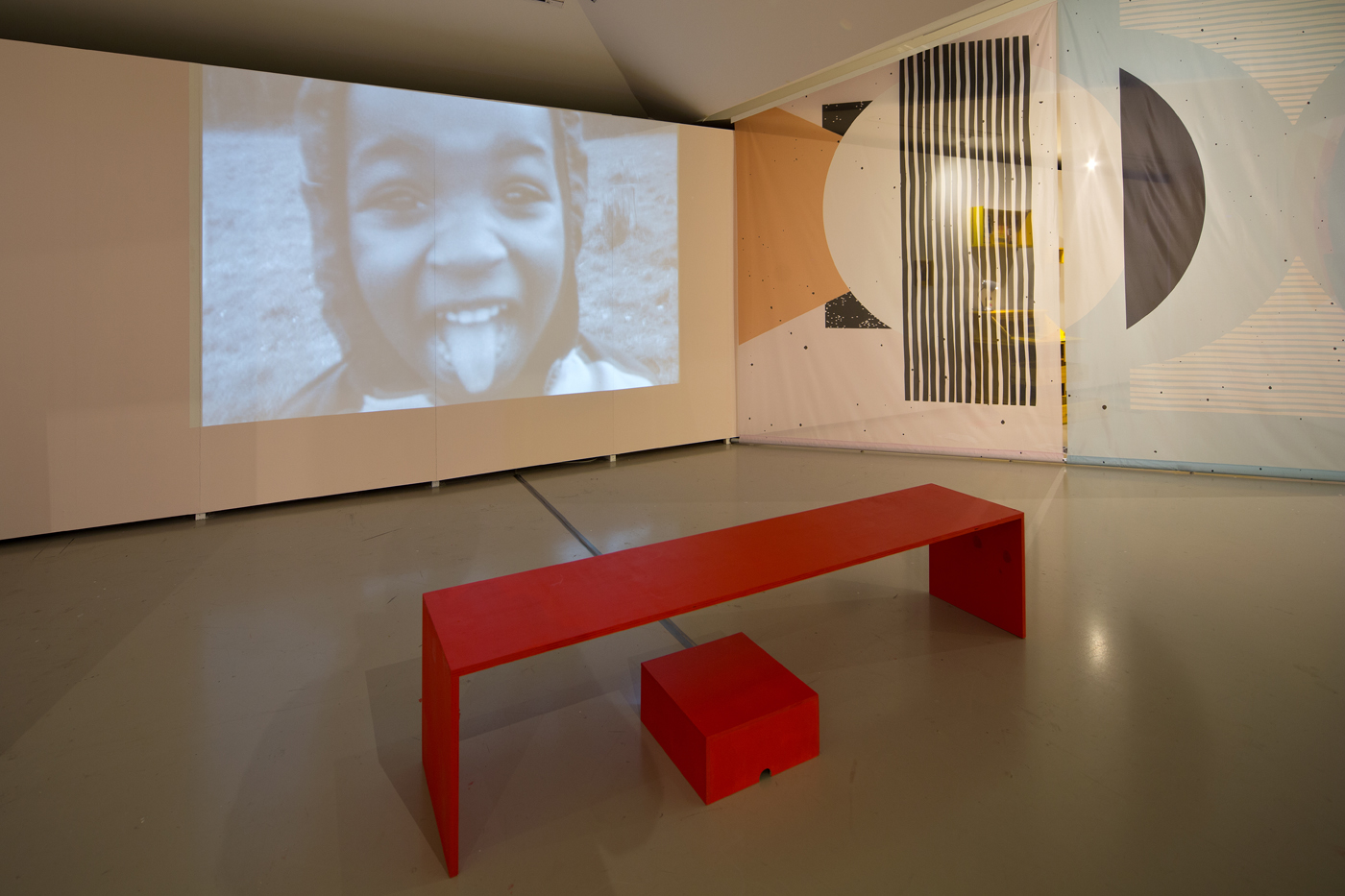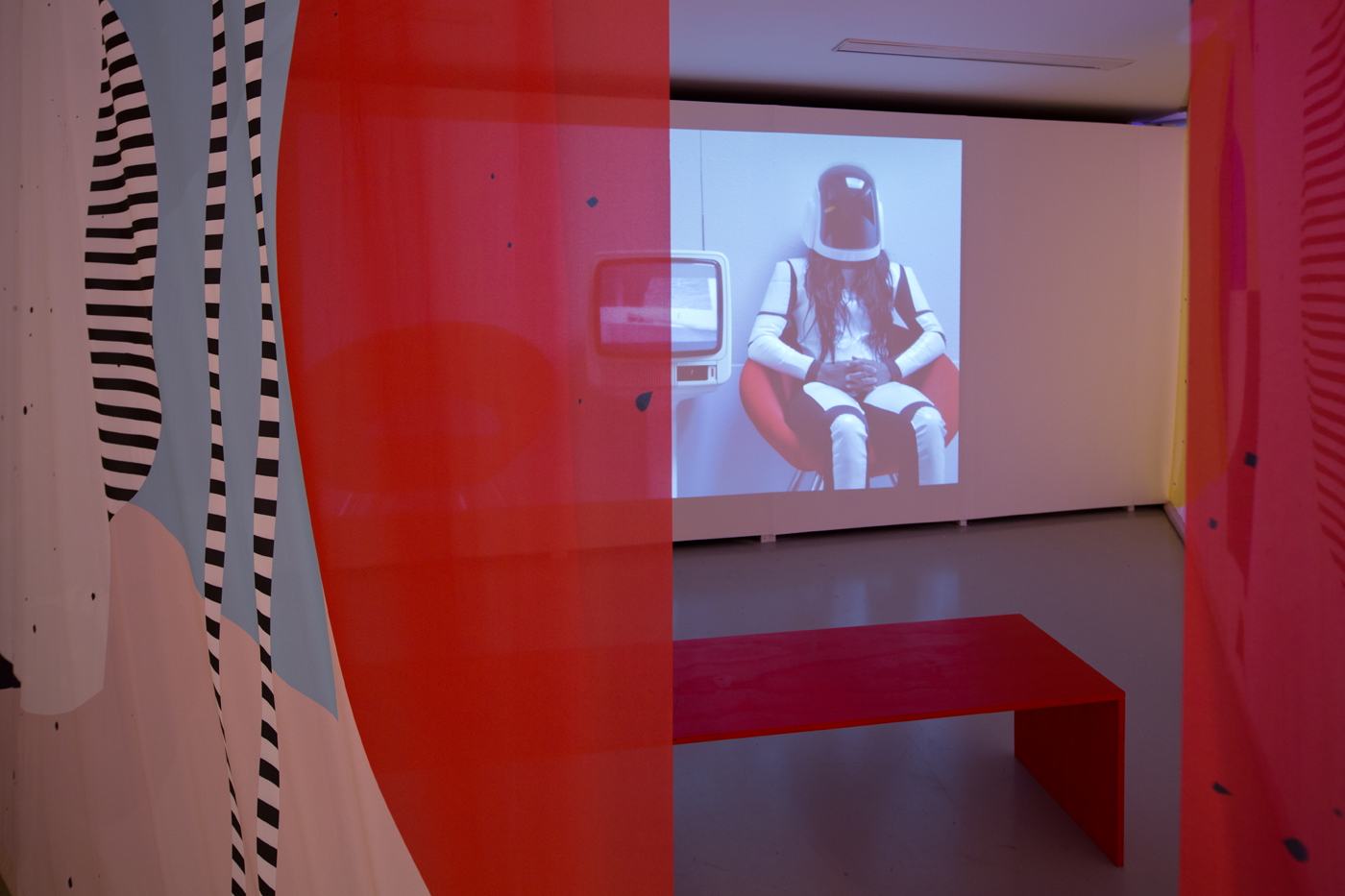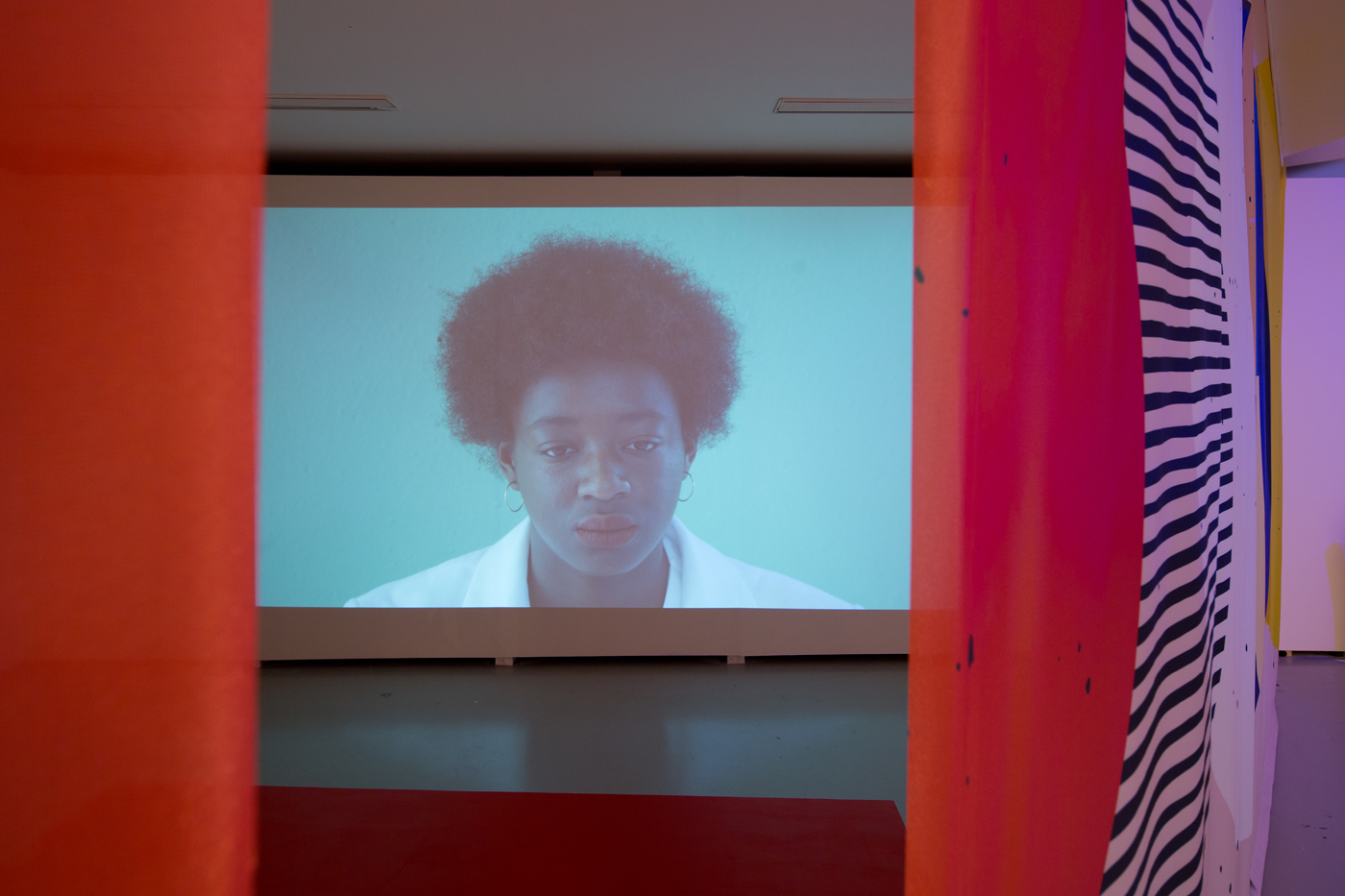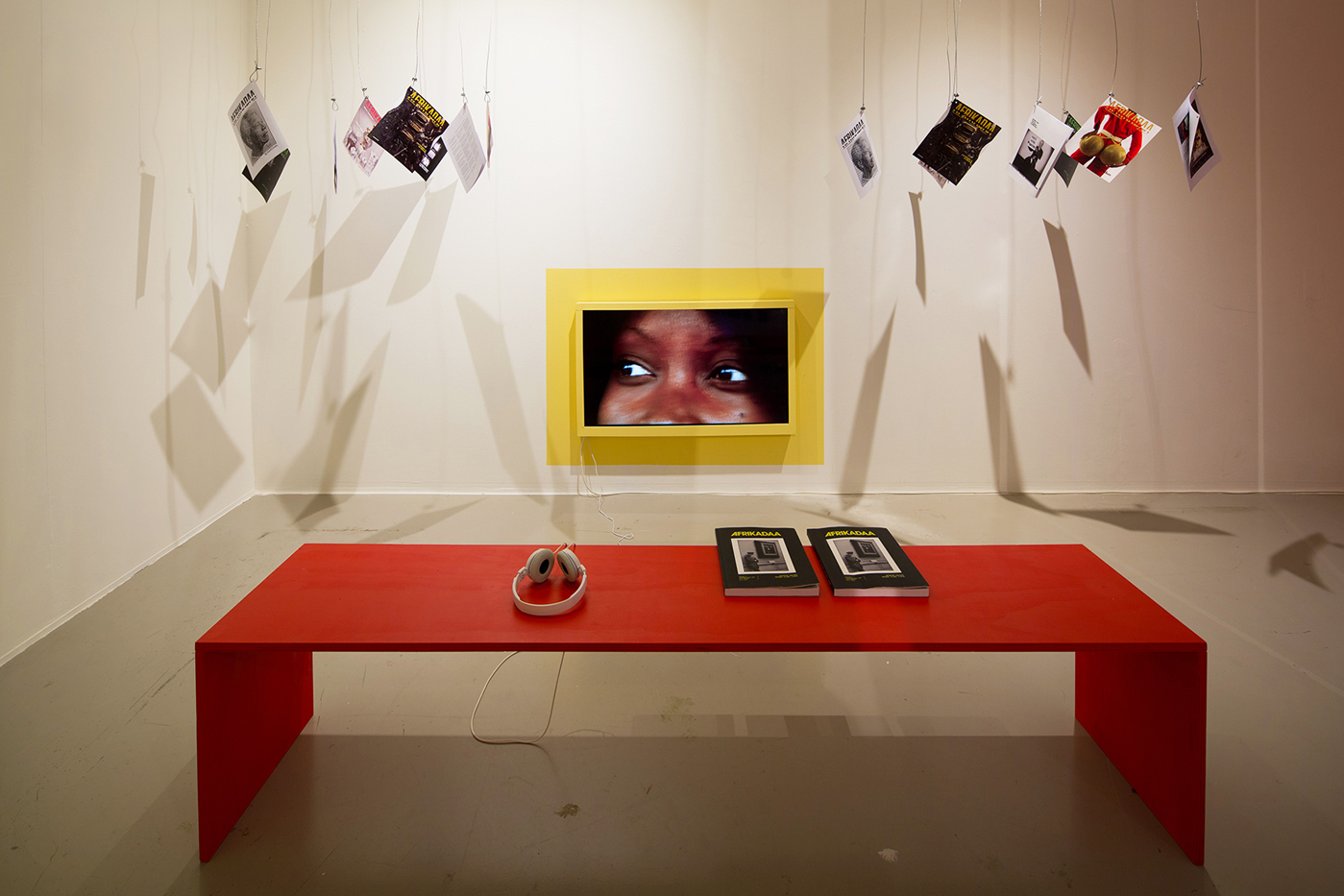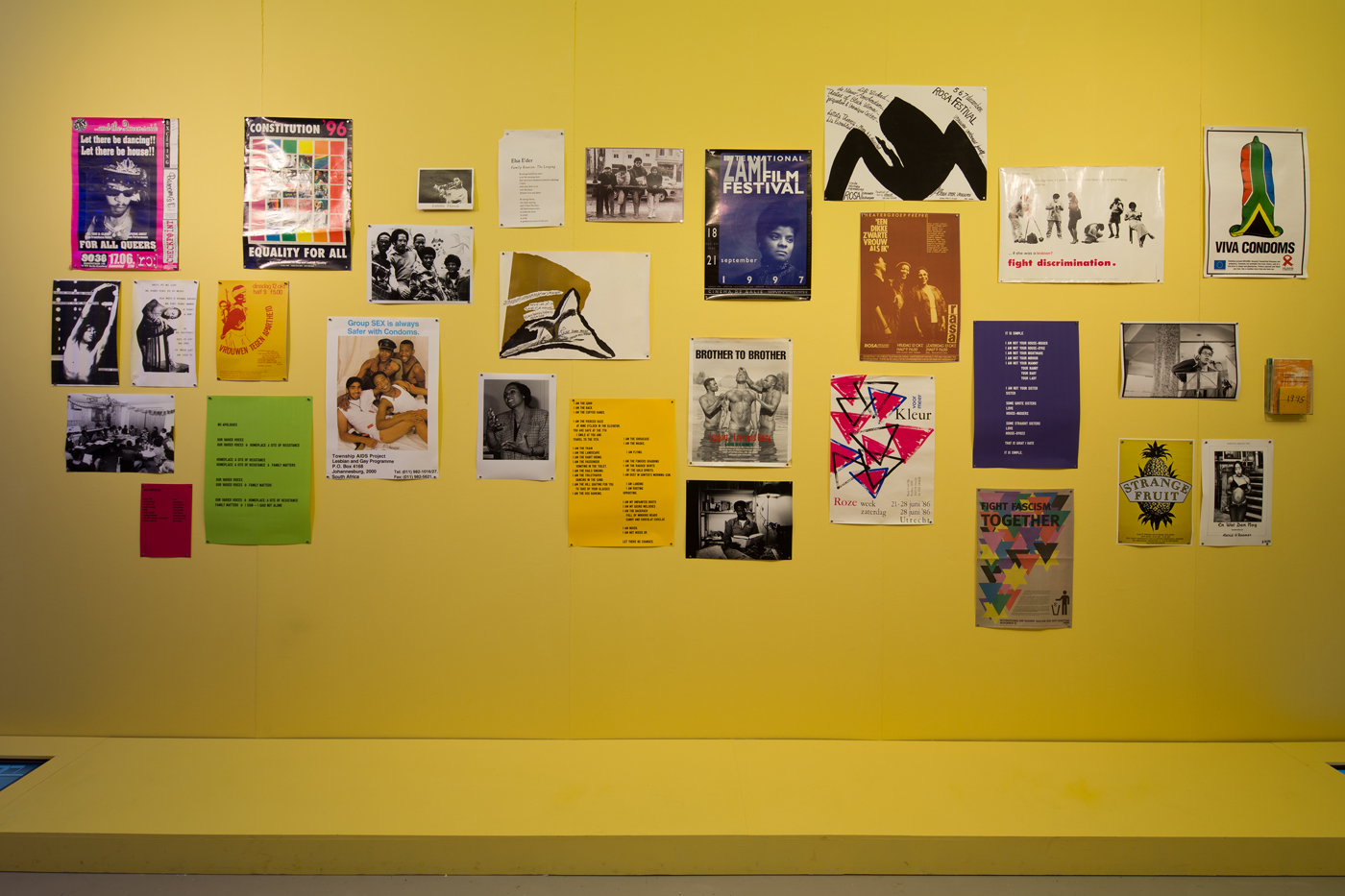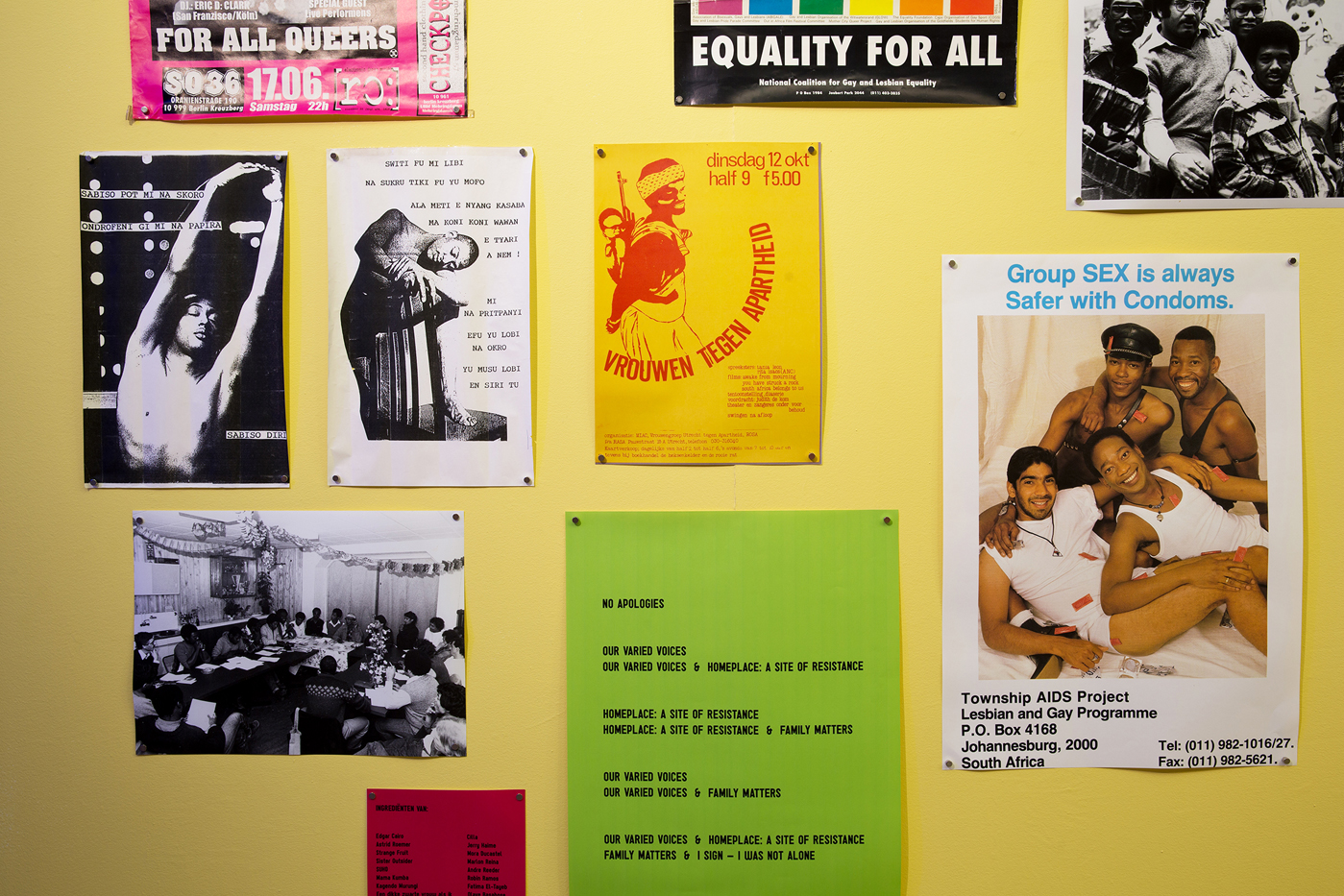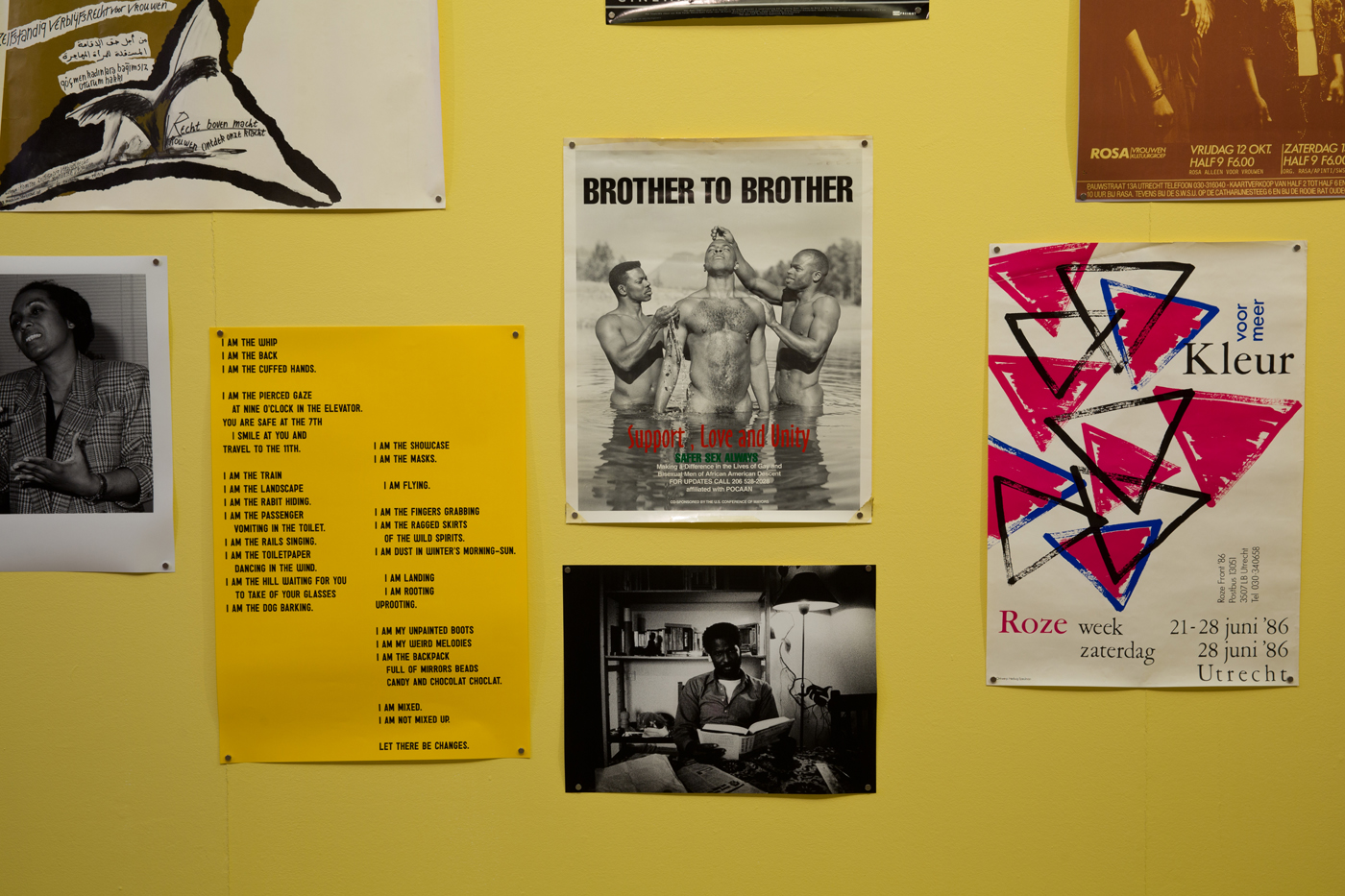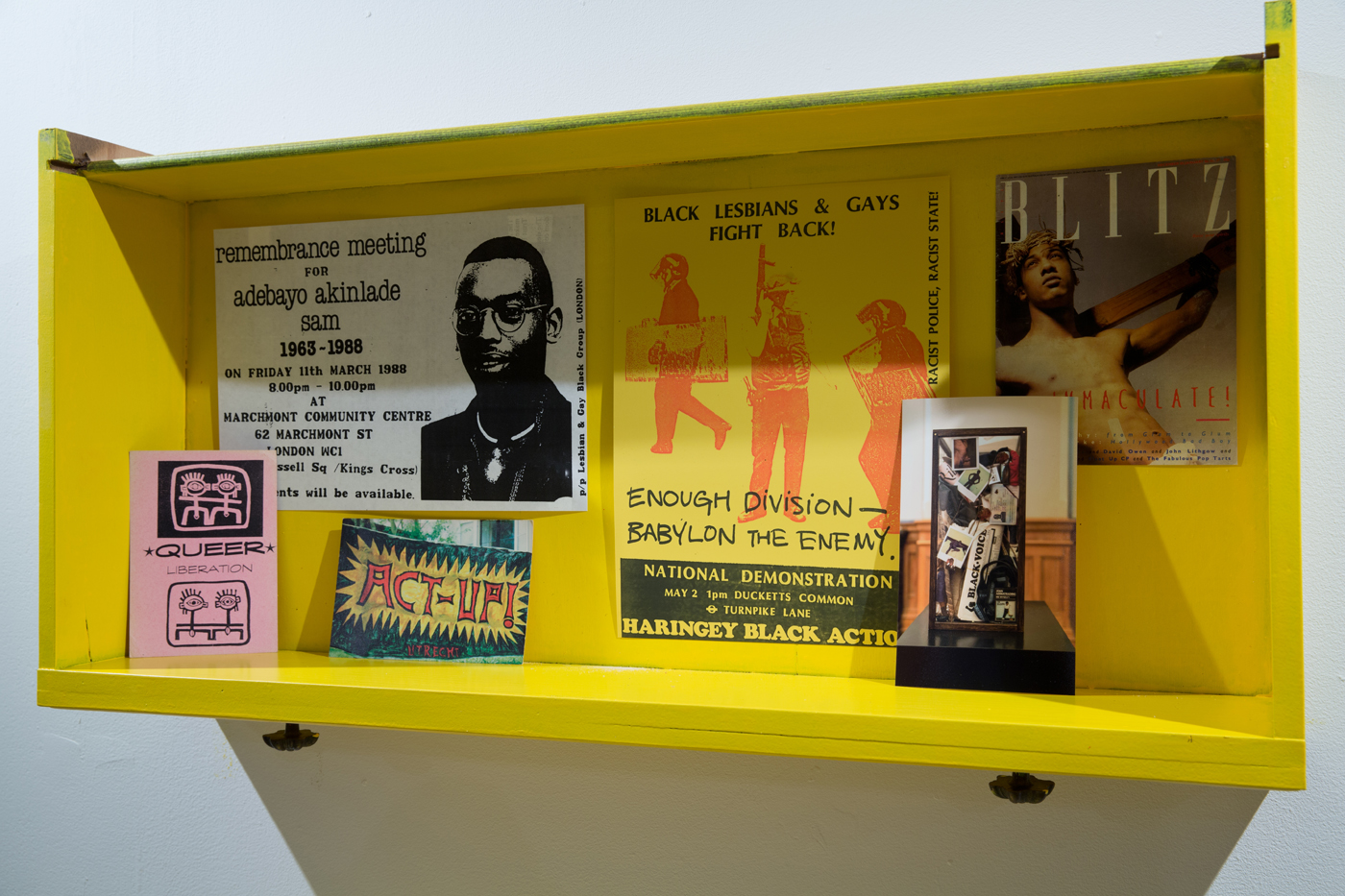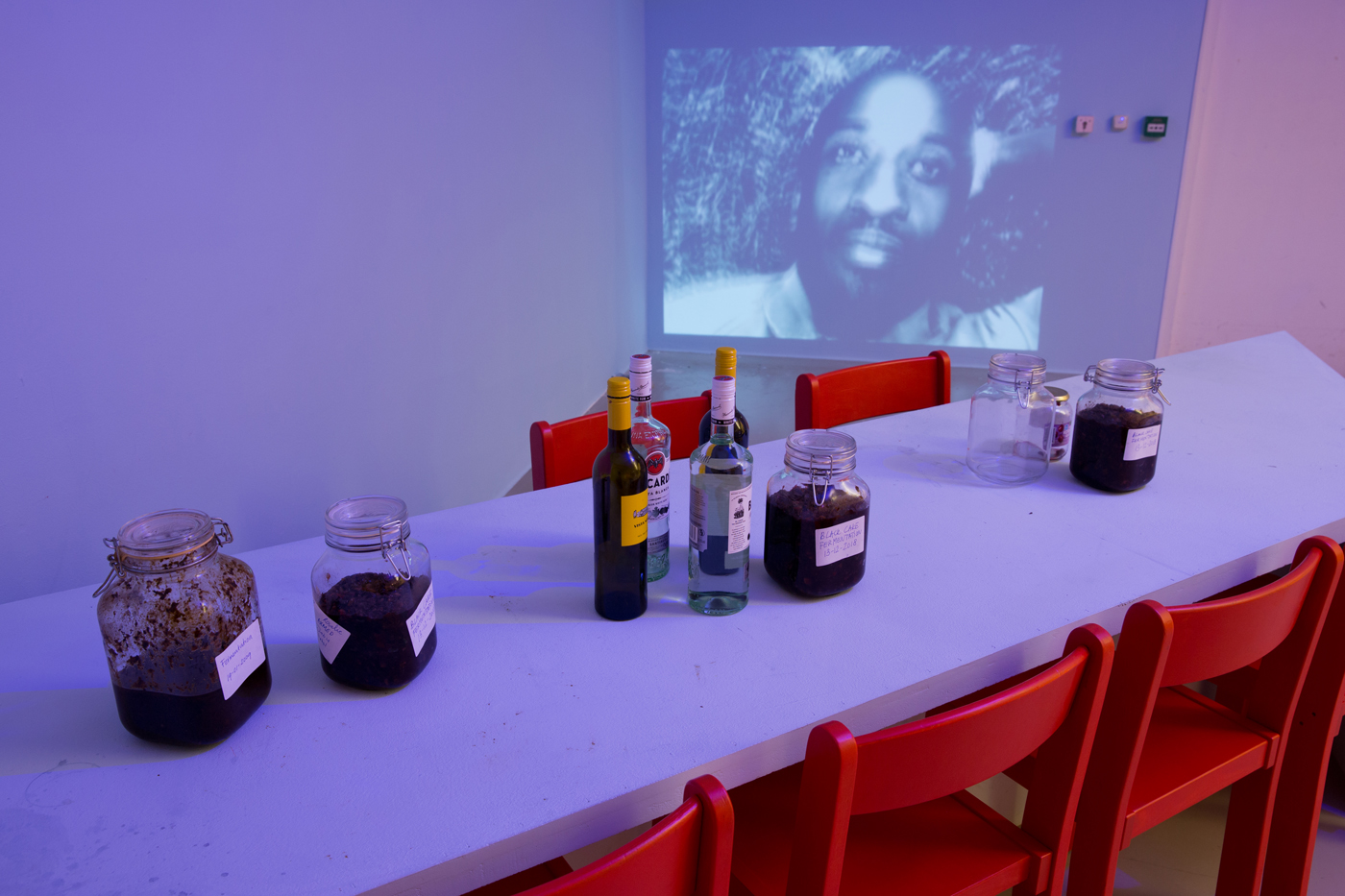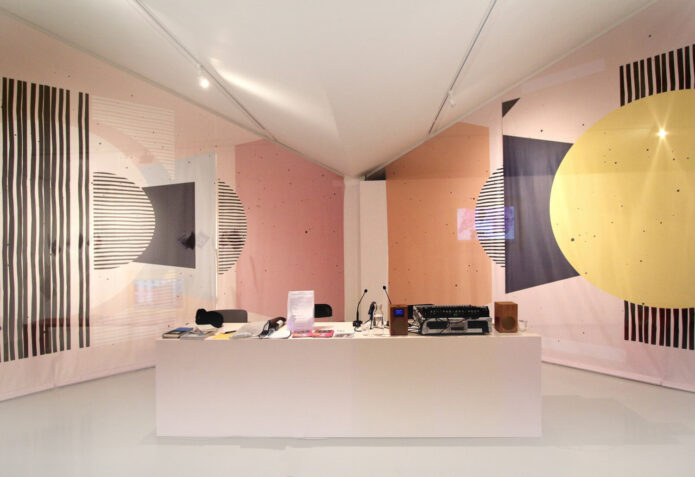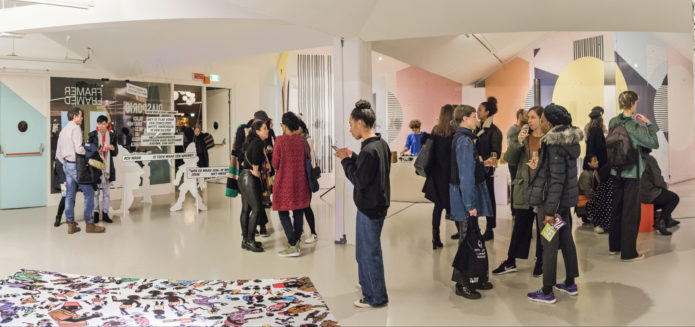14 Dec –
17 Feb 2019
Exhibition: Diasporic Self - Black Togetherness as Lingua Franca
Diasporic Self: Black Togetherness as Lingua Franca is a collaborative project/’exhibition’ initiated by researcher and curator Amal Alhaag and artist and curator Barby Asante.
On view at Framer Framed from 14 December 2018 – 17 February 2019 and from 7 december – 25 januari at 198 Contemporary Arts & Learning in London.
Artists
Ajamu,
Lydienne Albertoe,
Jabu Arnell,
Nadeem Din-Gabisi,
Afaina de Jong & Inna Vision,
Anne Krul,
Silvia Martes,
Nástio Mosquito,
Pascale Obolo.
Diasporic Self is an ongoing visual, sonic and dialogic programme and exhibition environment that looks into the meaning, conceptualisation, multiplicities and complexities of the notion of Black Togetherness across Europe. In what ways does Black Togetherness manifest itself in visual and sonic cultures in various urban and contested spaces, institutions and architectures? The project takes place in two spaces simultaneously – Framer Framed in Amsterdam and 198 Contemporary Arts & Learning in London.

Silvia Martes – Terra Incognita (2018), Film. Installation photo Diasporic Self. Photo: (c) Maarten van Haaff / Framer Framed
Central to the project are the historical and contemporary relationships, codes and ‘lingua franca’ that are transmitted between various diasporic (artistic) communities. Diasporic Self shows how art practices are guiding, (un)doing and documenting the ways memories, presences, togetherness and production within, and outside of the confinement of black diaspora are continuously (re)shaping the alternative lexicons that influence contemporary black cultures across Europe.
Subverting the notion of the ‘exhibition’, Diasporic Self departed from the question: how can we come up with new, decolonial forms of narrating black visual and sonic culture spatially? Architects Afaina de Jong & Inna Vision designed an architectural living space for everyday vernacular, performances, radio, translations and improvisations. Black artists, thinkers, poets and strangers come together to look into and work with unconstituted archives and informal memory practices that inform, characterise and map contemporary black cultures in Europe. How are they re-collecting, re-fusing and re-defining the terms and conditions of engagement with(in) and across urban space, borders, histories, societies and institutions?
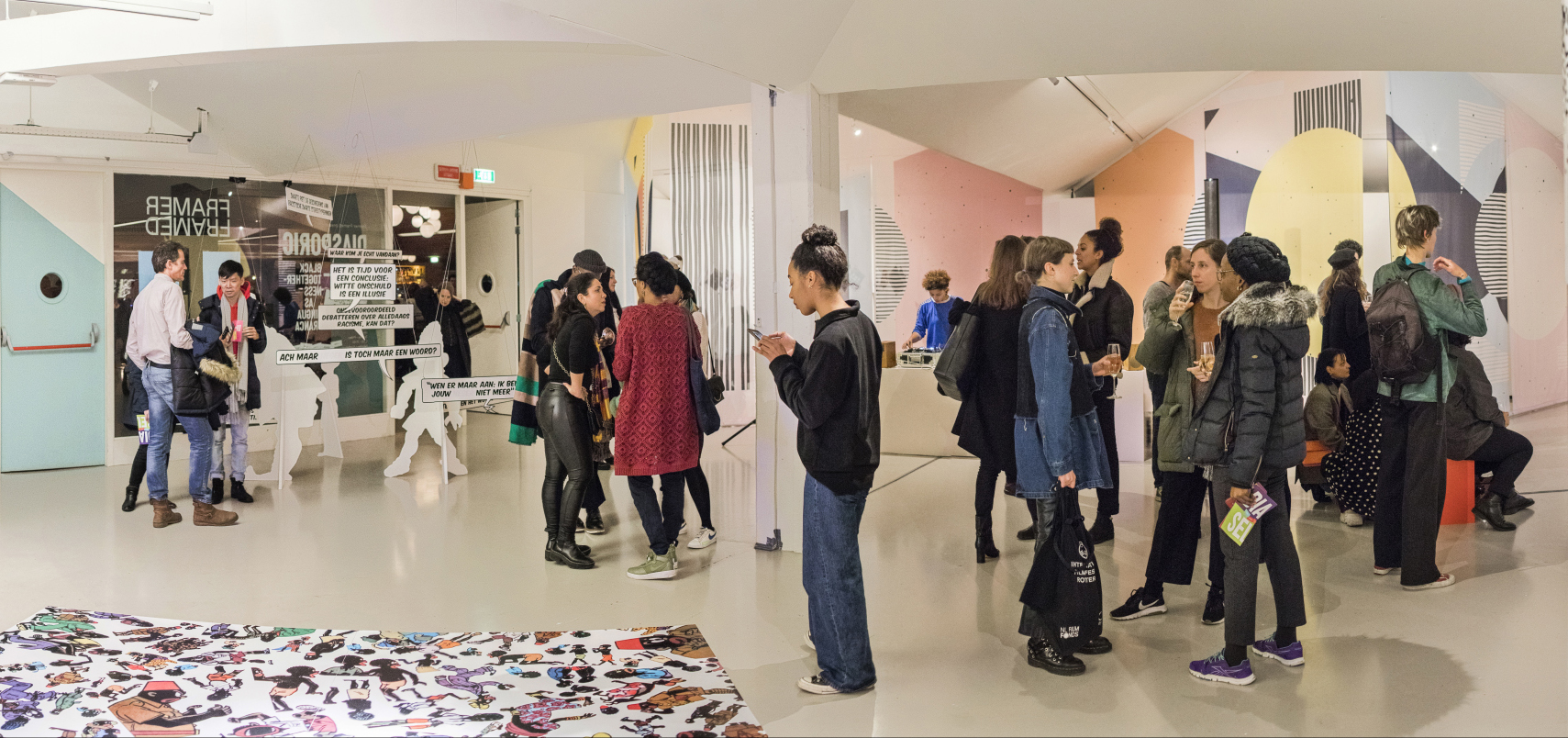
At the opening of Diasporic Self: Black Togetherness as Lingua Franca, 13 December 2018. Photo: (c) Marlise Steeman / Framer Framed
These questions are addressed in a variety of (artistic) forms. In the surrealistic film installation, for example, artist Nástio Mosquito questions the colonial gaze and the existing imperialist legacy. Artists and filmmakers Silvia Martes and Pascale Obolo, in their respective works Terra Incognita and La Femme Invisible, both stress the complex multiplicity between history, agency and the black female reality. In the joyful film blk boy flight (me & my cousins), Nadeem Din-Gabisi shows that there are other sides to the black boy/man/child than are predominantly shown.
The exhibition design was realized by Afaina de Jong. Afaina is an Amsterdam based architect. With her studio AFARAI (2005), she aims to cross the boundaries of the traditional architecture practice by dealing with the existing city with an intersectional and interdisciplinary approach, integrating theory and research with design. As a studio AFARAI considers itself a feminist practice that encourages change on social and spatial issues and that accommodate differences.
Afaina works on the boundary of architecture and art. Her work is deeply connected to represent people and cultural movements that are not traditionally represented in architectural form. By using form languages, colors, patterns and narratives that are other, she works towards a more inclusive experience of space. For Afaina it is important that architecture is not only perceived, but also experienced and interacted with. Her discourse is international and intersectional, connecting popular culture with architecture.
Diasporic Self: Black Togetherness as Lingua Franca will infiltrate Framer Framed, transforming the frameworks, functions and structures of the space without displacing its everyday activities. Drawing together myriad voices from across Europe, the project takes many forms, operating as an innovative platform for (un)doing, memories, presences and togetherness about Diasporic communities, by Diasporic selves. What is the interrelationship between the living ‘lingua franca’, and the practices and daily realities of black artists, activists and cultural producers in Europe?

Exhibition design by Afaina de Jong
Black Togetherness Podcast Series
Dipsaus is thé Dutch podcast for and by women of colour. Their Black Togetherness Podcast Series is a continuation of Diasporic Self: Black Togetherness as Lingua Franca. As part of the series Olave Nduwanje spoke with initiators Amal Alhaag and Barby Asante on black togetherness, its precarity, the tropes around representations of blackness, archiving, and much more… the interview is available in both written form (Dutch) & as a podcast (English)! More on the podcast series.
Dipsaus Interview – Diasporic Self: Black Togetherness as Lingua Franca (Dutch)
Dipsaus Podcast – Black Togetherness in Framer Framed (English)
- Dipsaus - Amal Alhaag over 'Diasporic Self, Black Togetherness'
- Mister Motley - 'Non-Spaces' losgezongen van tijd en ruimte
- Metropolis M - Amal Alhaag about Diasporic Self at Framer Framed
- 198 Contemporary Arts & Learning - London
Links
Diaspora / The living archive / Queer /
Agenda
Finale Diasporic Self: Black Love Letters & Manifestos
An event celebrating the final day of Diasporic Self: Black Togetherness as Lingua Franca.
Diasporic Self: Informal gatherings with Anne Krul
Diasporic Self: Lexicon of Black Poetics
This event offers space for (performative) readings that peel away, show, uncover the layers and complexities of black poetics of the everyday.
Diasporic Self: Caring as Lingua Franca - Fiction & Myths of Black Womxnhood
An evening programme i.c.w. Dipsaus podcast.
Opening: Exhibition Diasporic Self: Black Togetherness as Lingua Franca
A project by Amal Alhaag and Barby Asante.
Black Queerness & Diasporic Lives
An event on everyday intergenerational black queer social life, love and communities to look into the embodied experience of Black Queer people in Europe.
Diasporic Self II: Dancing as lingua franca (a gathering in progress)
An event in light of Amsterdam Art Weekend 2018, with Hannah Catherine Jones, Ogutu Muraya, Amal Alhaag and Barby Asante.
Network
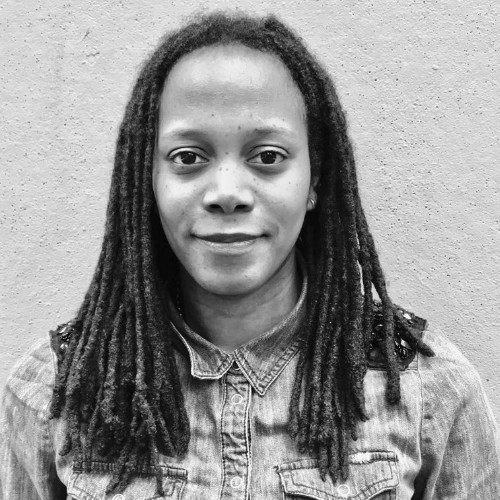
Lydienne Albertoe
Graphic Designer and Visual Artist
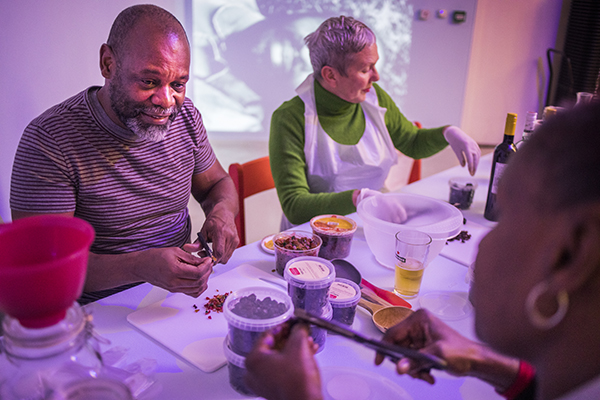
Jabu Arnell
Artist
Afaina de Jong
Architect

Silvia Martes
Artist, filmmaker
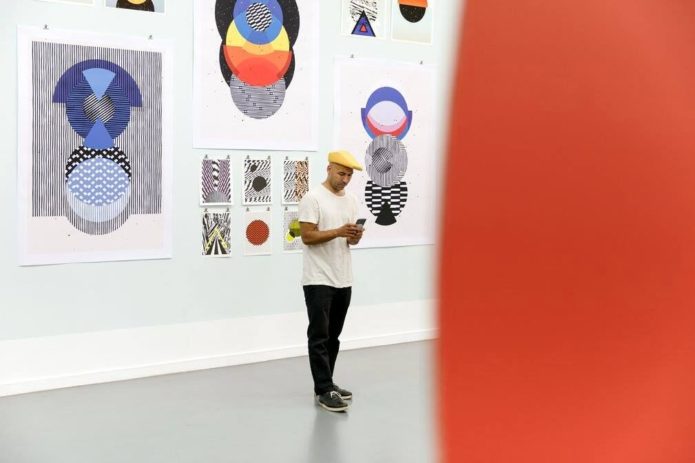
InnaVisions
Artist, graphic designer & DJ
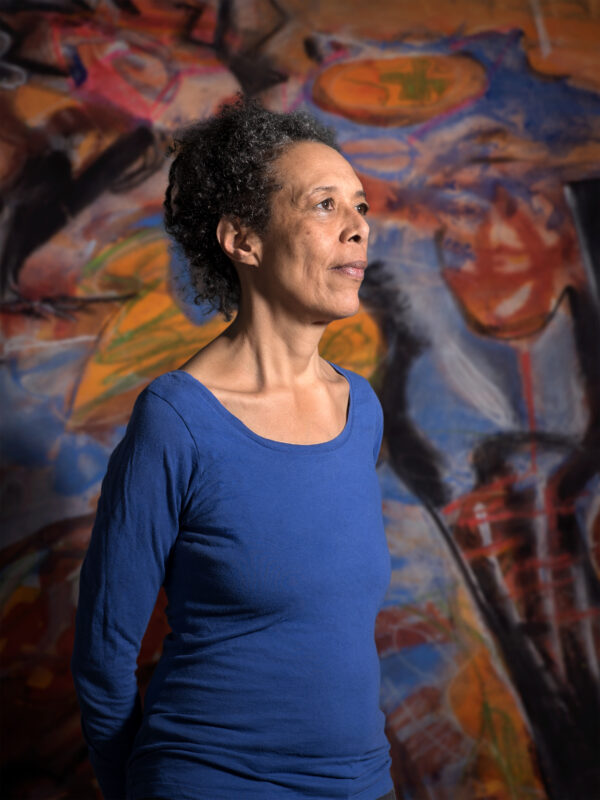
Anne Krul
Artist
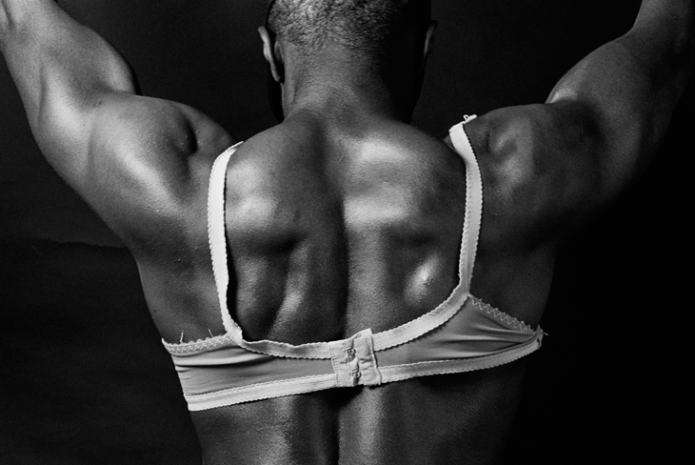
Ajamu X
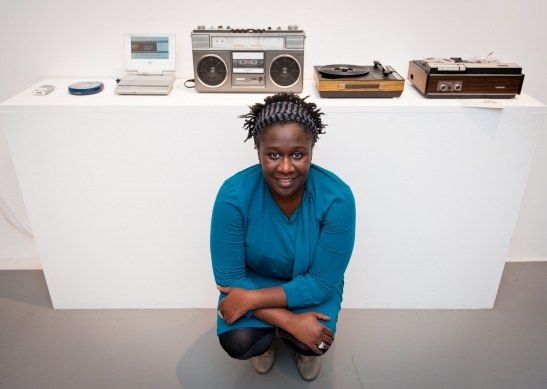
Barby Asante
Artist, Curator, Educator
